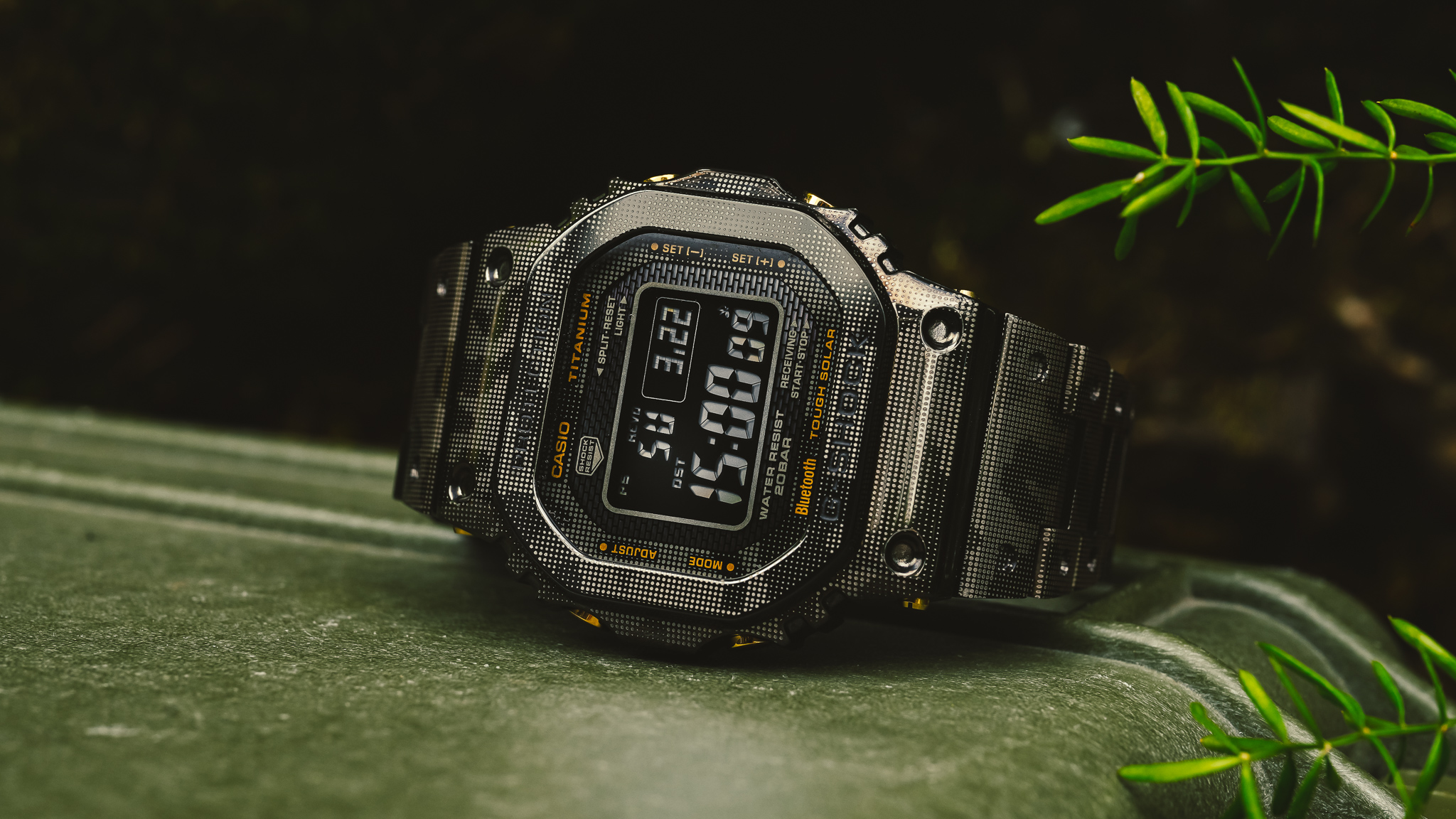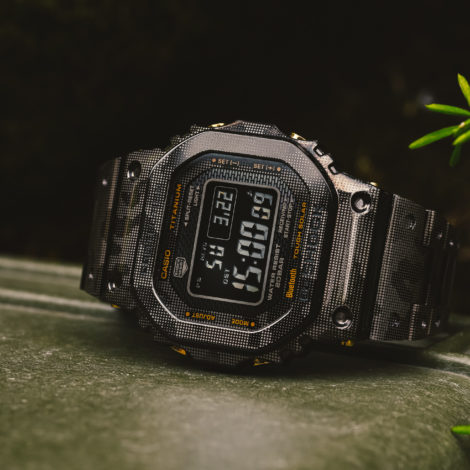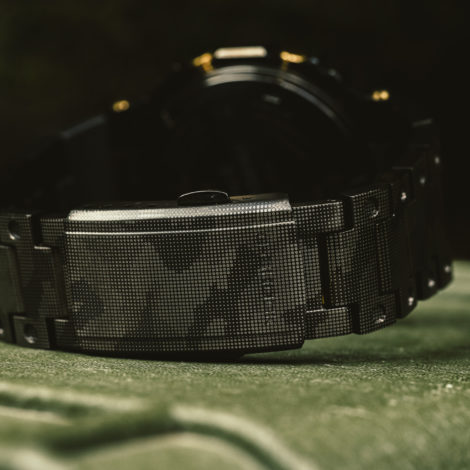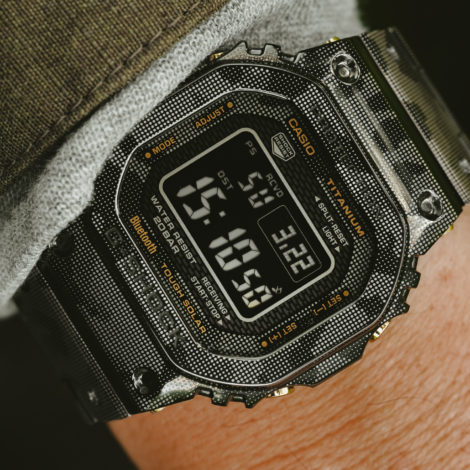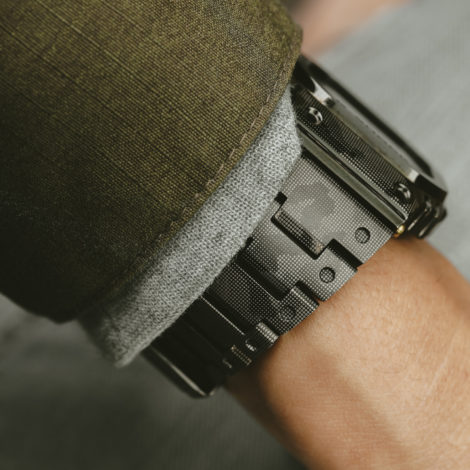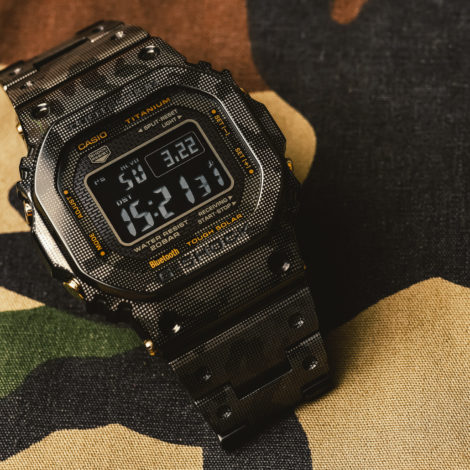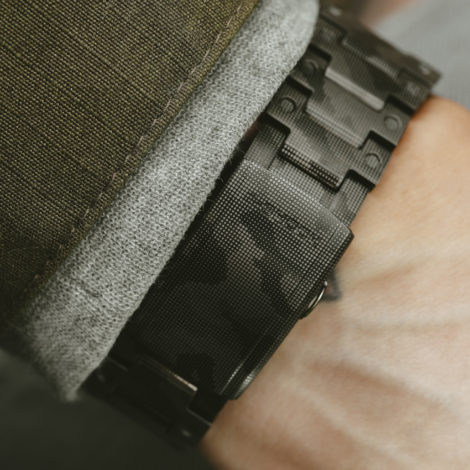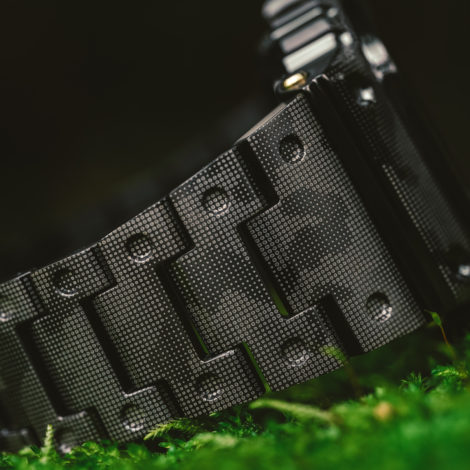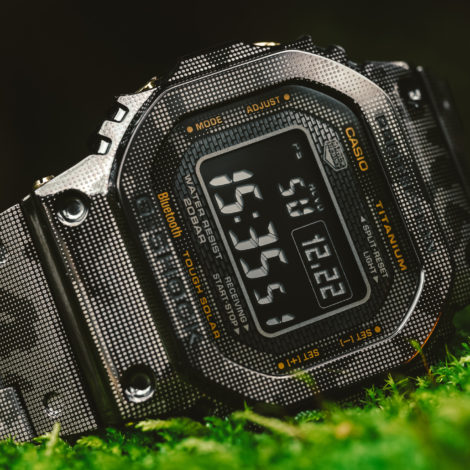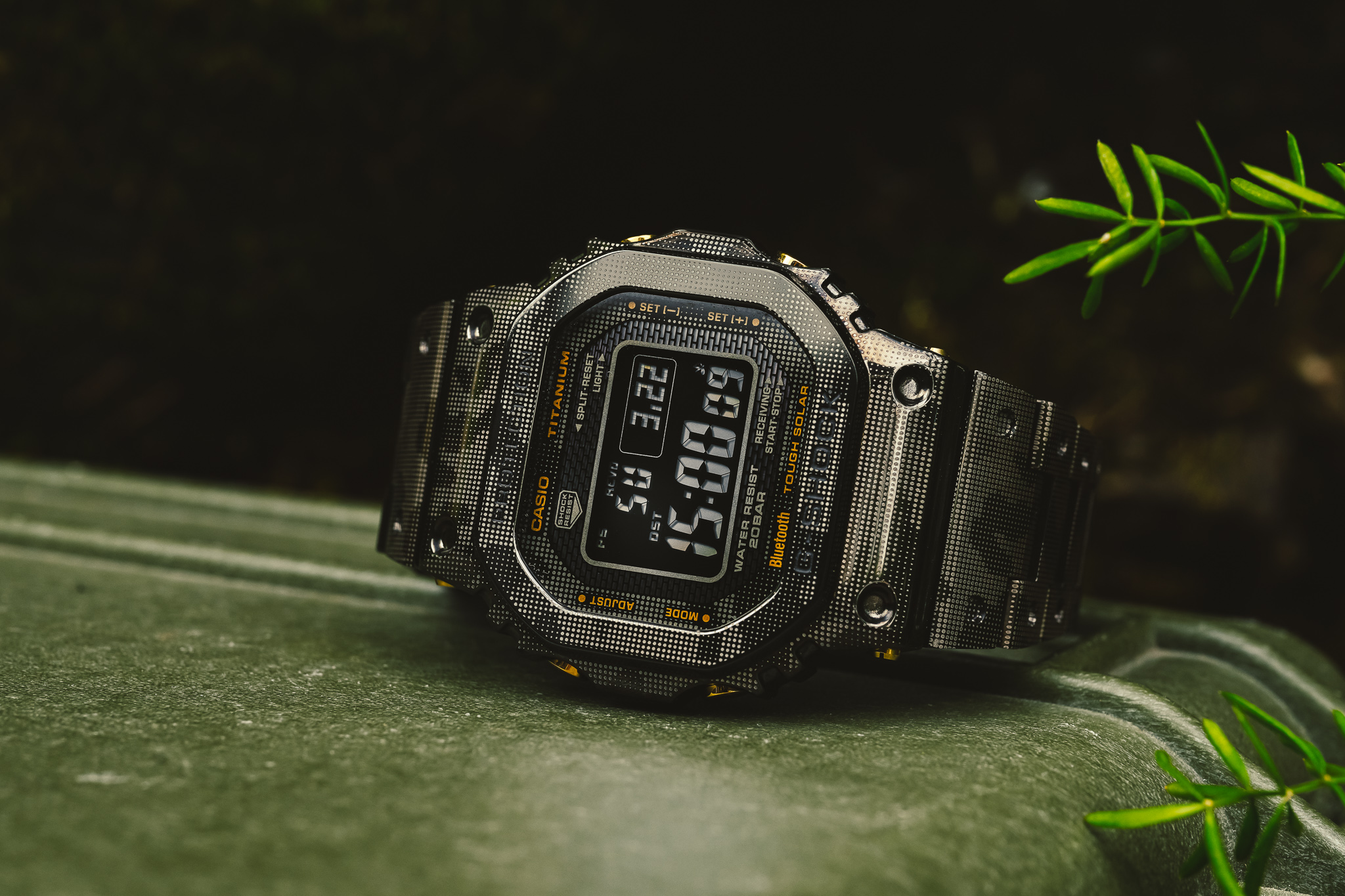
To borrow a bit of parlance from the kitchen, camouflage in fashion is a bit like truffle oil. It’s tired, it’s overdone, and it’s far from edgy — but it makes a trendy resurgence every few years despite our best efforts to dismiss its cultural contributions as another try-hard tactic to drum up interest. However, when used in the right application (and volume) it can actually be pretty amazing. Overdo it, and the meal is ruined. Late last year, Casio released a limited new capsule collection of premium “Full Metal” G-Shocks, which were finished with a wild laser-etched camouflage pattern. As a military history buff and a fan of the classic square-dialed G-Shocks, my full attention was immediately captured by the titanium variant. But I was also skeptical. Despite being such a fan of the many applications and types of camouflage throughout history, I’d never owned a camo watch because, to be frank, they are usually very ugly. There is a line, and most cross it.
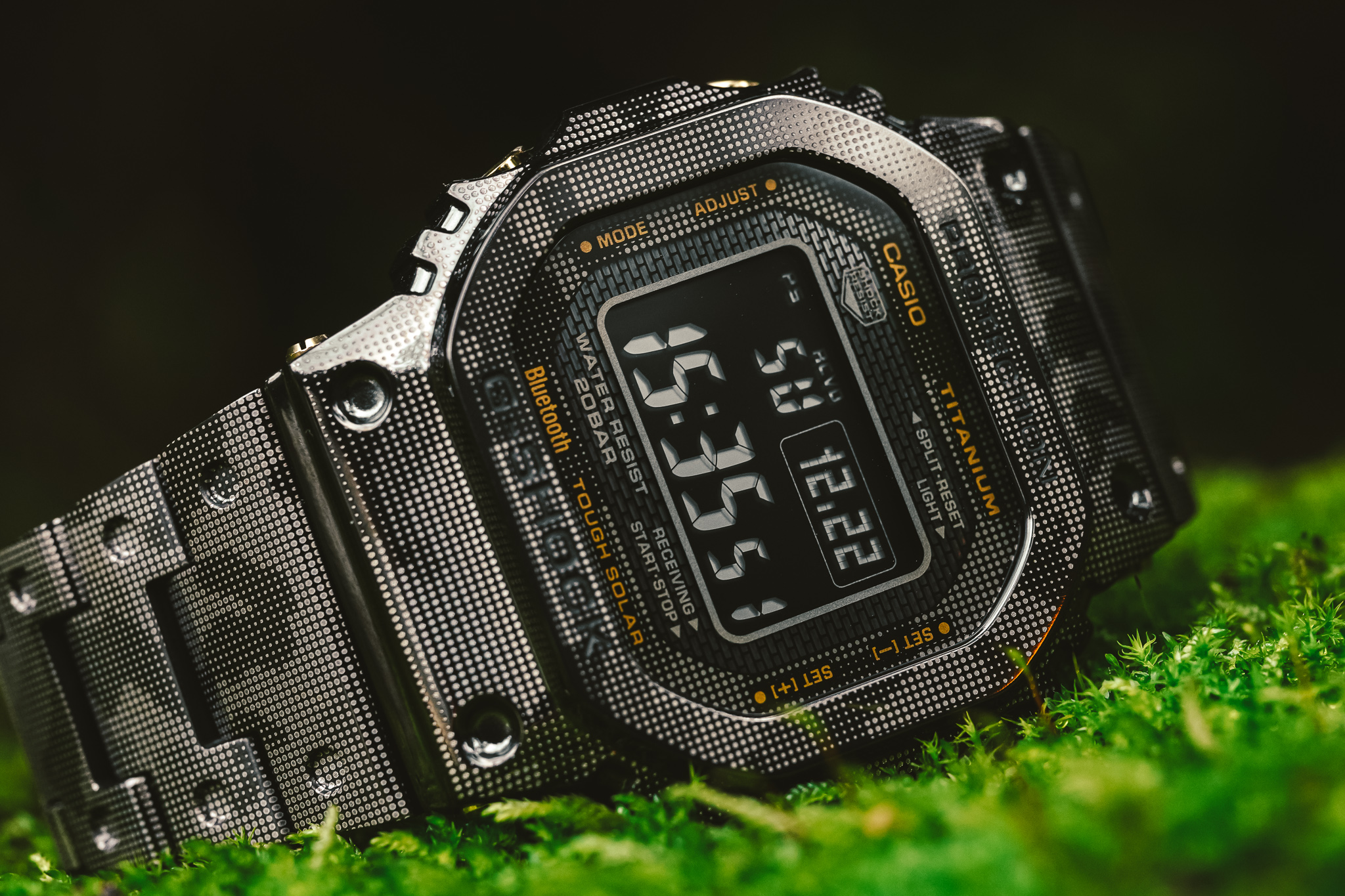
It’s virtually impossible to look at a camouflage pattern without conjuring up some image of whatever global conflict was most present during your formative years (Desert Storm here), or without at least hearing the cheerful voice of John Cleese reminding us of “the importance of not being seen” from the classic Monty Python PSA spoof that aired at the height of the Cold War in 1970. In many ways, camouflage is functionally inseparable from its wartime origins, having been developed during the first World War as a counter-measure against the deadly advent of the machine gun, and used in increasingly broader applications ever since.
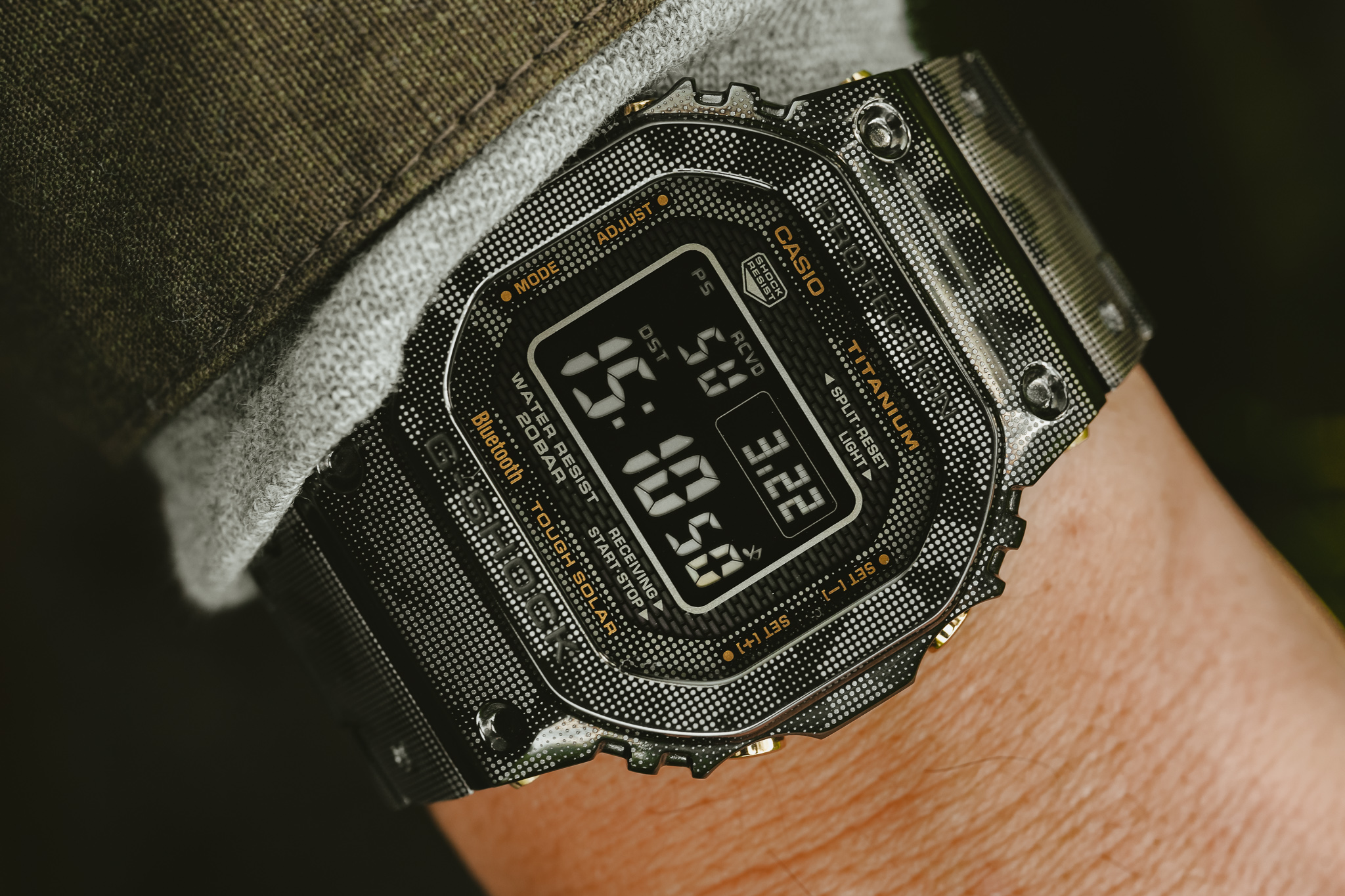
But the passing of each major conflict brought with it the re-introduction of former soldiers, along with their uniforms and wartime ephemera into civilian life, where olive drab and camouflage patterns would soon trickle into thrift stores or be traded at Army/Navy surplus outlets. It was here that these colors soon found a second life in regular society and streetwear fashion, as a uniform worn for purpose-driven function, or as an expression of political protest counter-culture. When it comes to the visual identity of that uniform, things have certainly changed since the turn of the last century. Every military of the world now deploys its own variation of specially developed camouflage — environment-specific disruptive patterns which apply to everything from uniforms and vehicles, to weapons and warships, and even ground-based structures, leading to an incredibly diverse array of unique and interesting camo patterns.
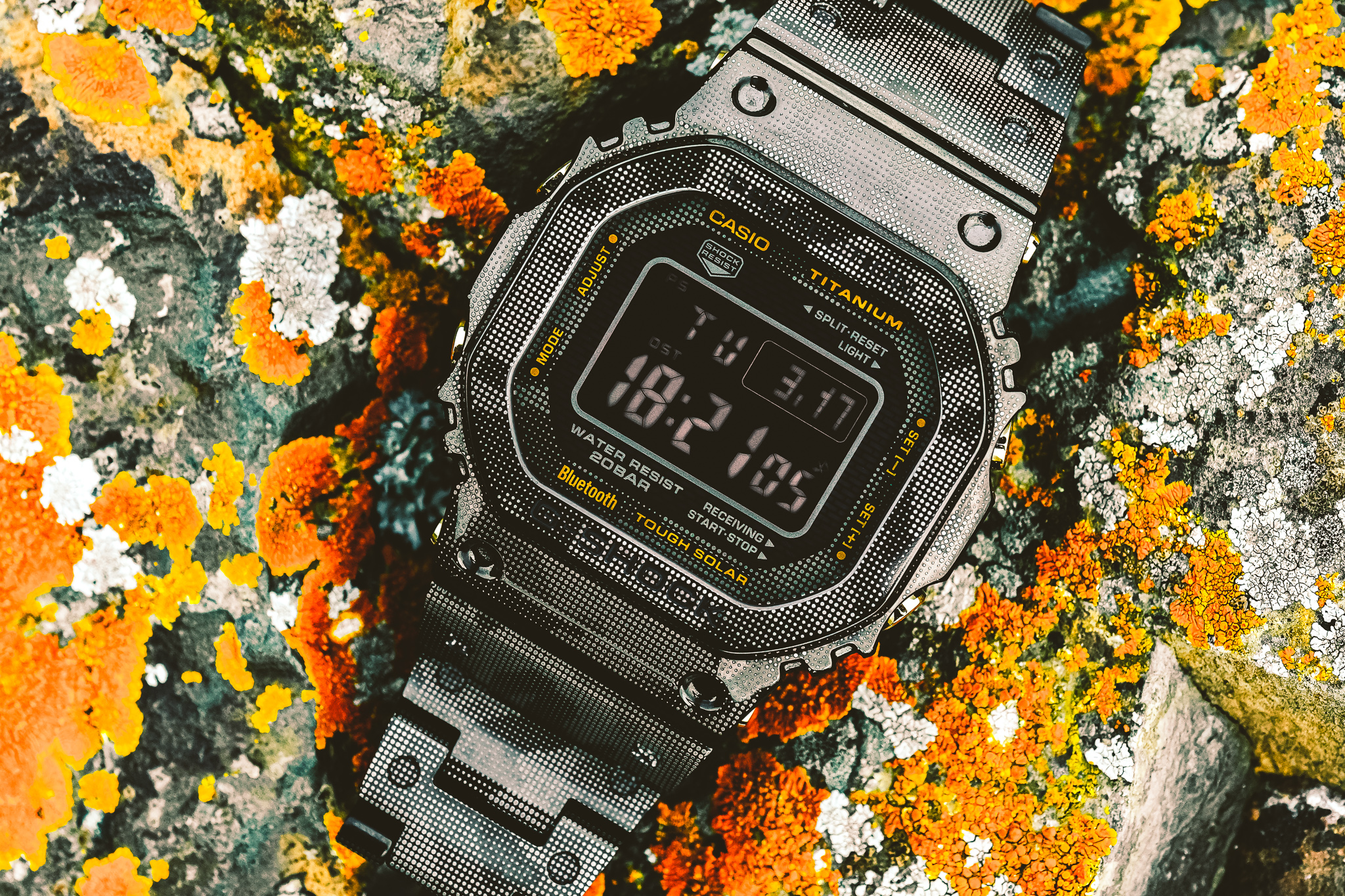
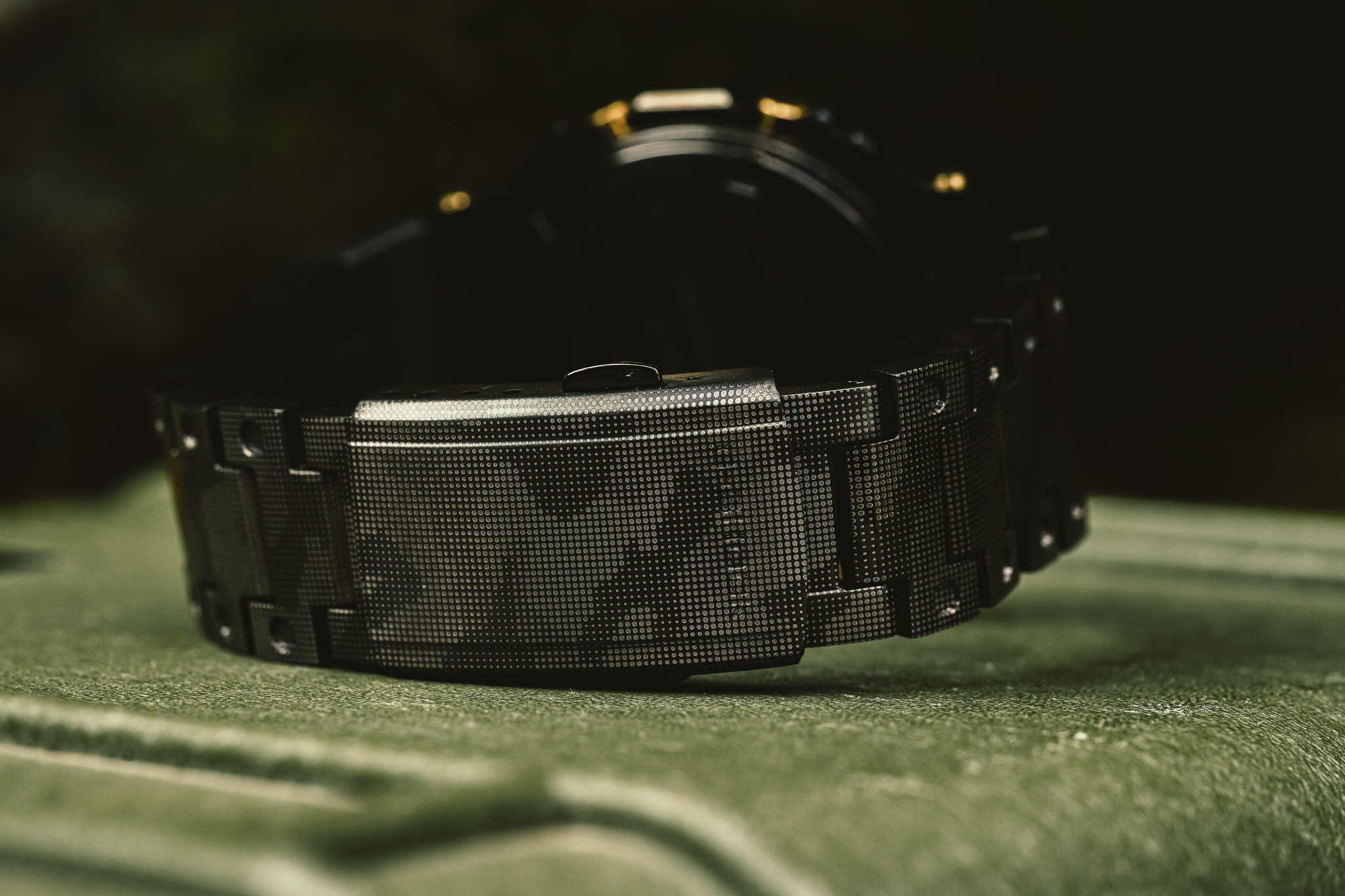
Inspired by pattern evolution in the animal kingdom, there are four primary types of camouflage, each with a slightly different purpose and level of complexity: concealing, which represents a matching of solid colors to blend into an environment (think drab-colored uniforms in WWI); disguise, which adopts physical shapes or structures to mimic a specific environment (think of a Ghillie suit worn by a sniper, or a tank disguised as a lorry in WWII); and mimicry, which is most commonly found amongst fish, birds and insects that deploy physical shapes, colors, or patterns to scare off prospective predators (ants that mimic spider shapes & behavior, the owl moth, etc.). The last of these patterns is disruptive, a more modern adaptation which deploys a complex pattern that’s designed to blend into certain environments while breaking up the physical outline of its bearer, making it difficult for an enemy or predator to determine any coherent shape, size, or movement path. Ever since its development and widespread adoption by Great Britain’s Ministry of Defense in the 1960s, disruptive patterns for combat uniforms are now the most common type of camouflage, and the type we’re seeing on the case and bracelet of this G-Shock.
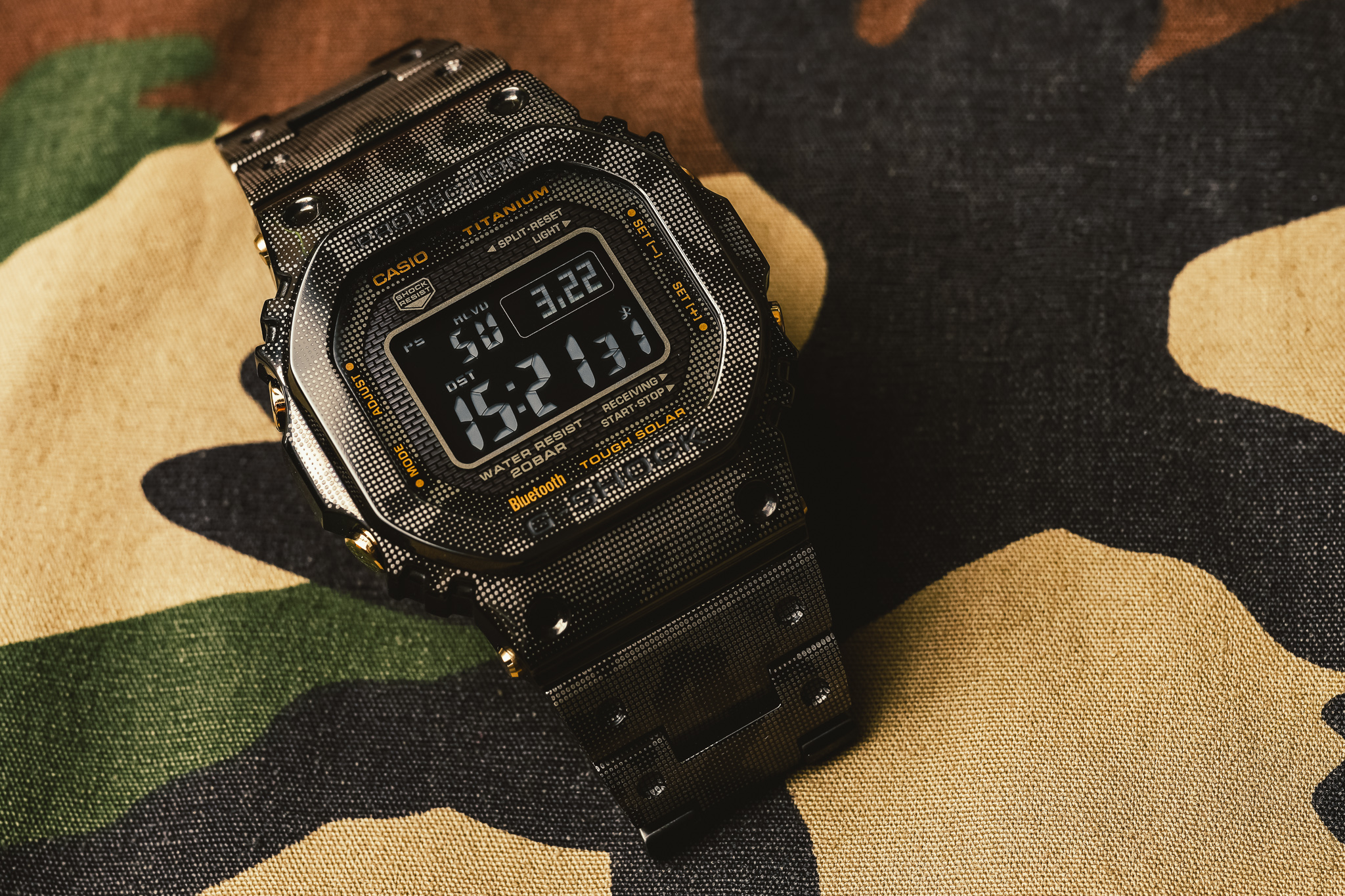
Well, technically, what we’re seeing on this G-Shock differs a bit from the MOD’s camo from the sixties — this is actually a tonal interpretation of classic Woodland — an irregular multi-color pattern developed by the United States and put into service in the early eighties. Woodland is more or less the most common type of camouflage pattern adopted into the streetwear mainstream, and is thus a regular fixture in various G-Shock capsule collections. However, this reference is the first time Casio’s ever rendered the pattern in a full-metal watch. And to be clear, the pattern is not printed in such a way that it will ever rub off. Like the super-cool “aged IP-“finished G-Shock from last year, each titanium case is coated with a solid-colored IP finish (also called ion plating, which is not dissimilar to PVD), before the camouflage pattern is zapped directly into the metal by laser. A closer look at any individual link on the bracelet reveals a pattern that looks like it was produced on an old dot matrix printer, where an image is rendered with hundreds of tiny dots. In addition to the cool pseudo three-dimensional depth to the pattern, there’s even an extremely cool tactile texture to the finish – most evident when you run your finger over the clasp.
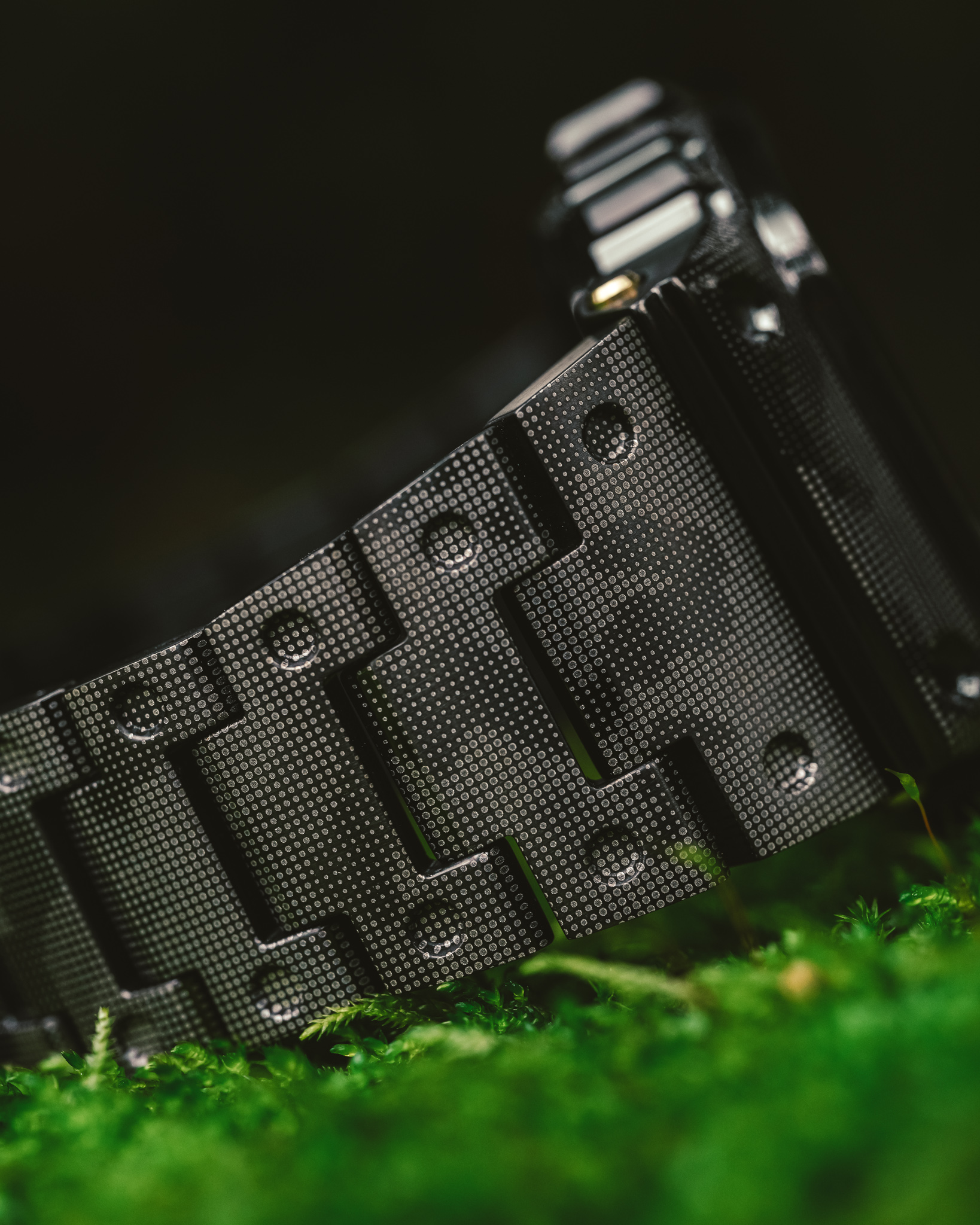
It’s awesome to see Casio continue to tinker with its IP-finished watches to produce premium metal variants of its already visually striking printed patterns. It’s all part of the brand’s design ethos, which aims to bring added value to its watches through interesting colors, materials, or finishes. Most recently, Casio has deployed this etching technology and design philosophy on the new G-Shock Full Metal GMW-B5000CS-1 to produce a pattern that evokes a retro-futuristic “grid” reminiscent of the TRON universe.
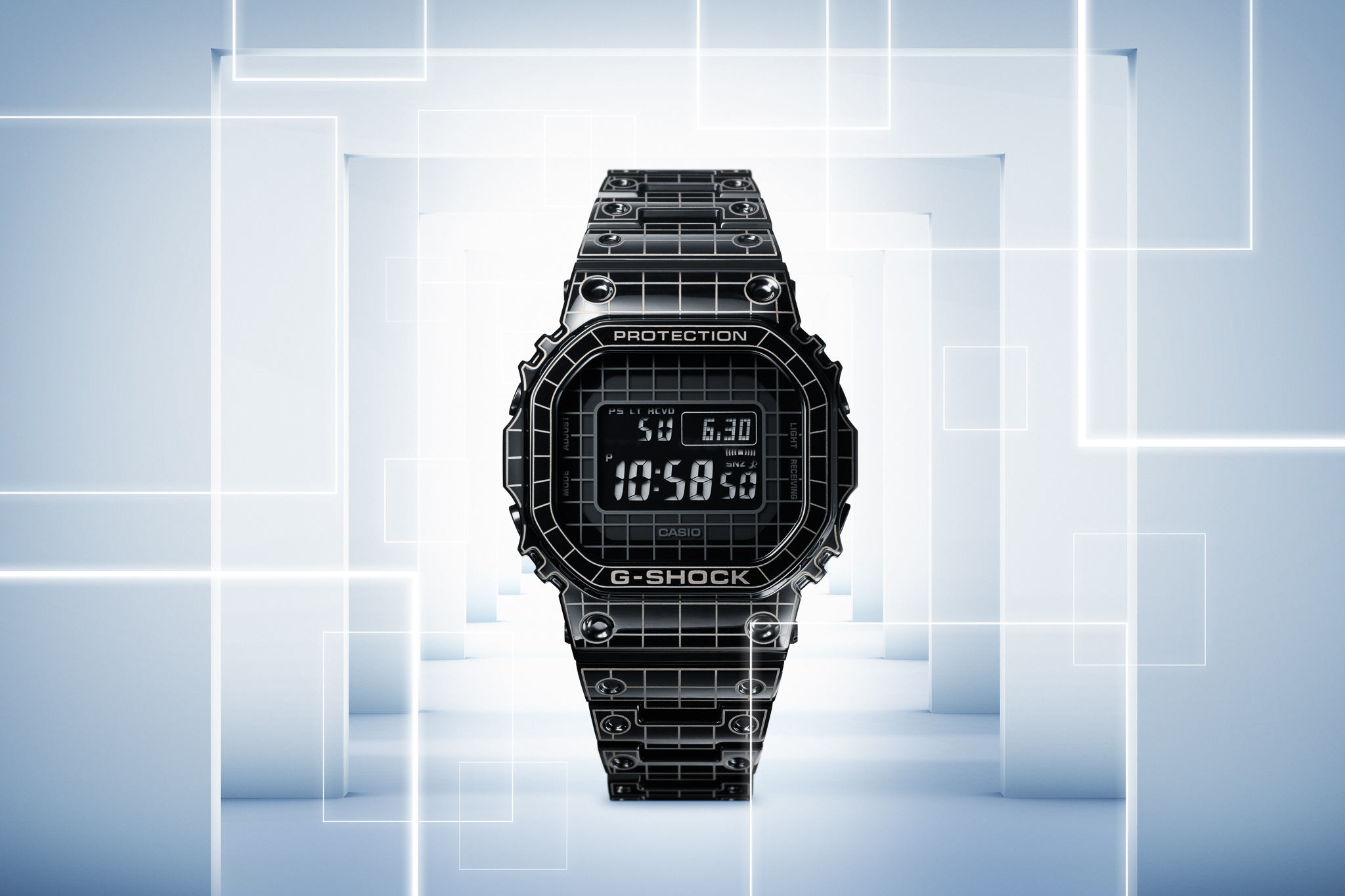
The new full metal G-Shock GMW-B5000CS-1 which also uses the same laser-etching technology to render a cool grid pattern on the case & bracelet.
As a premium square-faced G-Shock, this reference GMW-B5000TCM-1 is outfitted with Casio’s most fully-featured digital module, which includes shock & water resistance, a solar-powered cell to keep things charged, and Bluetooth connectivity that pairs with the G-Shock app to enable further user customization. It’s worth noting that this connectivity won’t display text messages or alerts as the functionality might suggest, but one such handy feature is being able to customize a series of timers, alarms, or up to five time zones (areas of the world the wearer might most frequently travel to), which can then be synchronized to the watch and accessed more easily at the touch of one of the gold-toned buttons in the caseband.
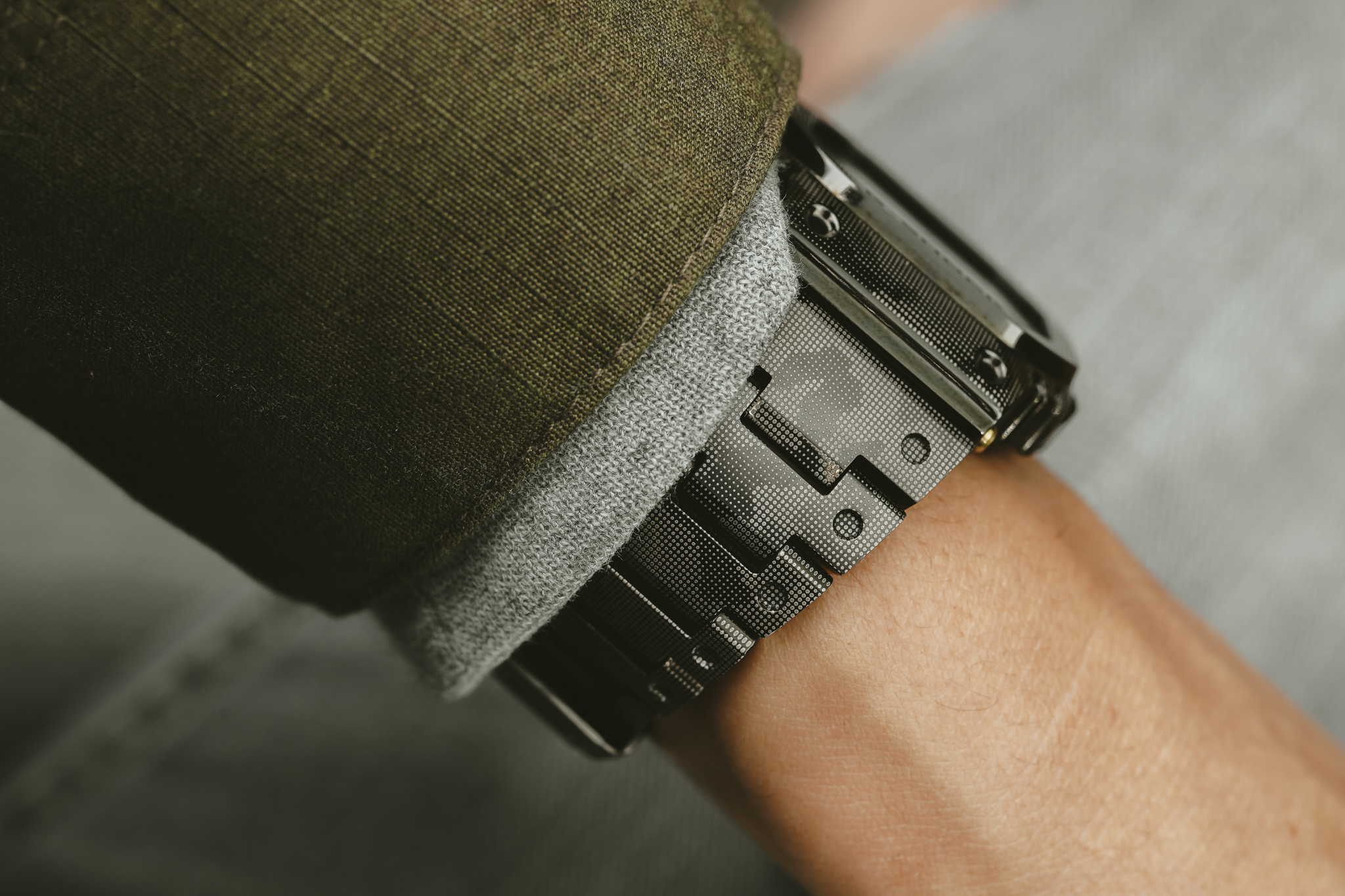
But perhaps the most interesting element behind this particular finish is just how effectively it really does disguise its true form and color at a glance on the wrist. Is it a black watch? Is it dark gray? It could be either, or both, depending on the available light. Only upon closer inspection does the pattern, and the full physical shape of the watch, really begin to fully reveal itself. And while most camo in fashion is best expressed in small doses, this particular watch is the exact opposite of most camouflage products, which ironically use the pattern to draw attention to them, rather than the other way around in camouflage’s most practical applications. This G-Shock is one of the first examples I’ve ever seen of a watch that uses an all-over camo pattern to such an impressively stealthy — and wearable — result.
The price of the G-Shock Full Metal Titanium Camouflage GMW-B5000TCM-1 is $1,700. Learn more at gshock.com.

